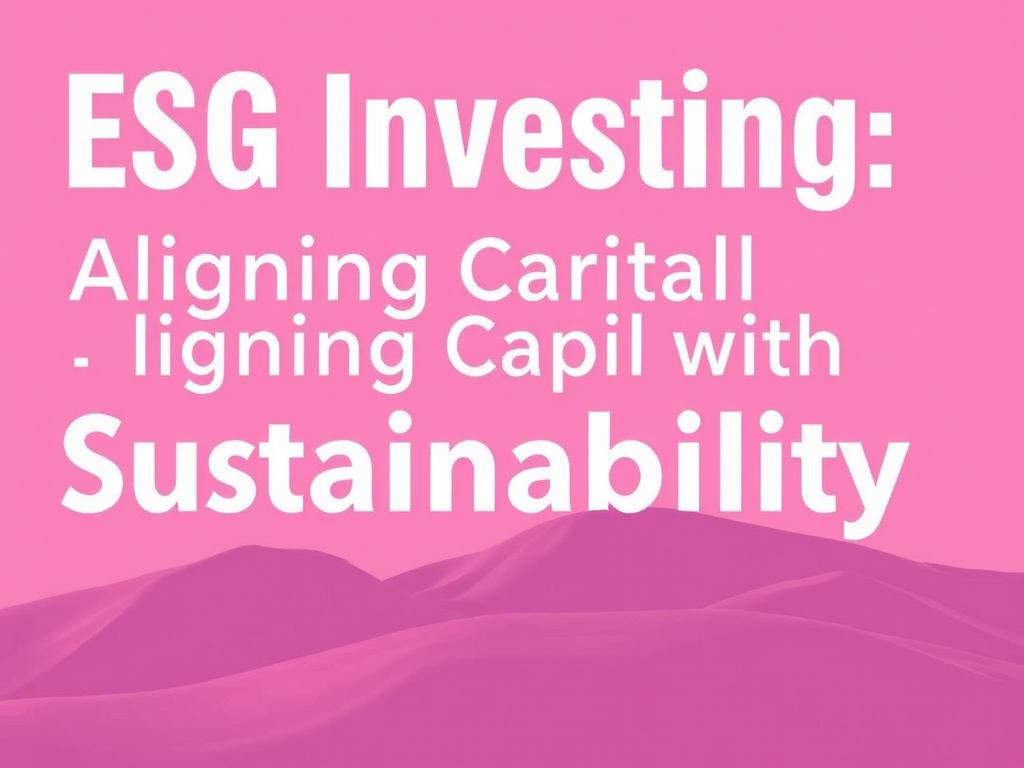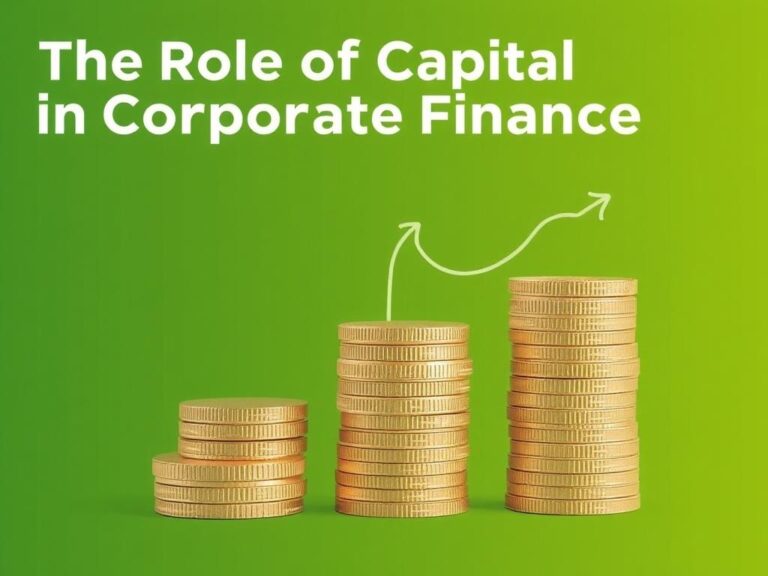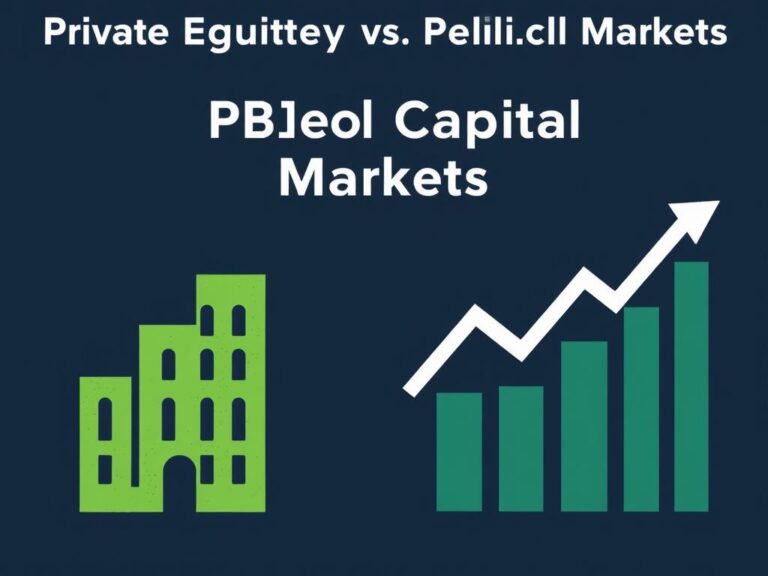ESG Investing: Aligning Capital with Sustainability for a Better Future
In recent years, ESG investing has surged in popularity as more investors seek to align their capital with sustainability goals. ESG stands for Environmental, Social, and Governance, and represents a framework that goes beyond traditional financial metrics to evaluate companies on their ethical impact and long-term viability. As climate change, social justice movements, and corporate accountability become increasingly significant, ESG investing offers a path for individuals and institutions to support businesses that prioritize responsible practices. This article explores what ESG investing really means, why it matters, and how you can integrate it into your own investment strategy.
Understanding ESG Investing
At its core, ESG investing is about assessing companies through a wider lens. Instead of looking solely at profitability or growth projections, ESG investors examine how companies manage their environmental impact, treat their employees and communities, and maintain transparent, accountable governance. This approach helps investors identify risks and opportunities that traditional metrics might overlook. For example, a company with poor environmental practices might face regulatory fines or consumer backlash, while one with strong governance might be better positioned for long-term success.
The Three Pillars of ESG: Environmental, Social, and Governance
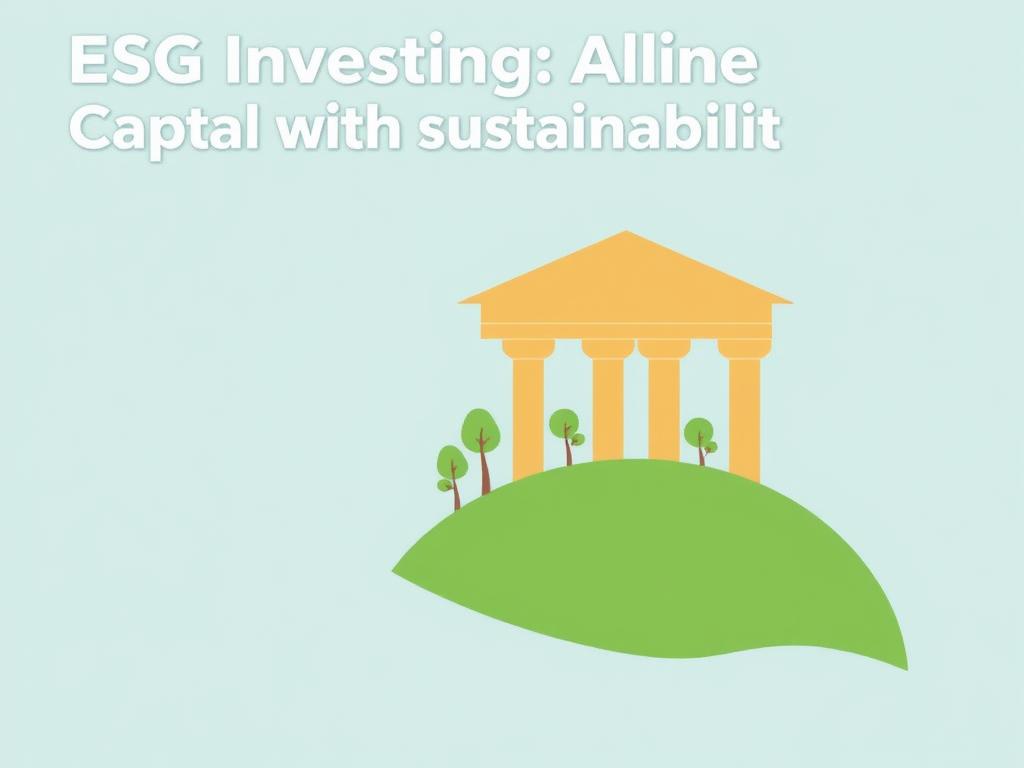
Breaking down the ESG framework into its components helps clarify what investors focus on:
| ESG Pillar | Focus Areas | Examples |
|---|---|---|
| Environmental | Climate impact, resource use, pollution, emissions | Reducing carbon footprint, sustainable sourcing, waste management |
| Social | Labor standards, diversity, community relations, human rights | Fair wages, workplace safety, community engagement |
| Governance | Board diversity, executive pay, transparency, ethics | Independent boards, anti-corruption policies, shareholder rights |
Each pillar plays a crucial role in creating a comprehensive picture of a company’s sustainability and ethical posture. Investors often weigh these factors differently depending on their values or strategy.
Why ESG Investing Matters More Than Ever
The significance of ESG investing has grown because the issues it addresses directly affect both society and economies. Climate change poses systemic risks that can affect entire industries, from agriculture to insurance. Social disparities can lead to workforce instability and brand damage. Governance failures have caused some of the most notorious corporate scandals in history. Consequently, ESG investing is not merely a moral choice but a strategic one that can improve portfolio resilience.
Financial Performance and ESG
Contrary to the old assumption that responsible investing compromises returns, multiple studies show that companies with strong ESG credentials often perform as well as or better than their counterparts over time. This is partly because ESG-focused firms tend to manage risks more effectively and capitalize on emerging opportunities, such as the transition to renewable energy or inclusive workplace cultures. For investors, this means that aligning capital with sustainability doesn’t mean sacrificing financial goals.
How to Start with ESG Investing
Starting your ESG investing journey involves several practical steps to ensure your portfolio reflects your values and financial objectives. Here are some key points to consider:
- Define your priorities: Decide which ESG issues matter most to you—whether it’s climate change, social justice, or corporate governance.
- Research ESG funds and companies: Many mutual funds and ETFs are dedicated to ESG criteria. Look for ones with transparent reporting and strong performance histories.
- Evaluate ESG ratings: Various agencies provide ESG scores on companies, helping you compare them at a glance.
- Engage with your investments: If possible, participate in shareholder meetings and advocacy to encourage better practices.
- Review and adjust regularly: ESG standards and company practices evolve, so keep your investments aligned with your goals.
Common Misconceptions About ESG Investing
Like any growing field, ESG investing comes with misunderstandings. Let’s clear up some common ones:
| Misconception | Reality |
|---|---|
| ESG investing means sacrificing returns | Studies show many ESG investments perform competitively or outperform traditional benchmarks |
| ESG is just a marketing gimmick | Robust metrics and reporting standards are becoming widely adopted, increasing reliability and transparency |
| ESG only applies to environmental issues | Social and governance aspects are equally important in assessing corporate responsibility |
Understanding these realities can empower investors to make well-informed decisions.
The Role of Regulators and Companies in ESG Progress

Regulatory bodies worldwide are increasingly integrating ESG considerations into financial disclosures and corporate governance rules. This trend improves transparency for investors and incentivizes companies to raise their standards. In parallel, many companies voluntarily commit to ESG goals, publishing sustainability reports, and adopting policies that reduce negative impacts.
How ESG Investing Influences Corporate Behavior
When investors prioritize ESG factors, companies feel pressure to improve their scores to attract capital. This dynamic can lead to meaningful changes such as reducing carbon emissions, improving labor conditions, enhancing board oversight, and fostering diversity and inclusion. In this way, ESG investing acts as a powerful tool to promote sustainability and ethical business practices on a global scale.
Tools and Resources for ESG Investors
Whether you’re a seasoned investor or just beginning, a number of resources can help you navigate the ESG landscape. Here are some valuable tools and platforms:
- ESG rating agencies: MSCI, Sustainalytics, and ISS provide detailed ESG metrics.
- Research portals: Morningstar and Bloomberg offer ESG fund information and screening.
- Investment platforms: Many brokers now offer ESG-focused portfolios and advice.
- Educational content: Webinars, blogs, and courses can deepen your ESG knowledge.
By leveraging these, you can build a portfolio that truly reflects your values and goals.
Final Thoughts on ESG Investing
ESG investing is more than a buzzword or trend—it represents a fundamental shift in how investors view the role of capital in society and the economy. Aligning your investments with sustainability means supporting companies that actively care for the planet, their employees, and stakeholders, while pursuing sound governance. This approach not only mitigates risks but also opens opportunities in a rapidly changing world. As more people embrace ESG principles, the collective impact can help drive progress toward a more sustainable, equitable future.
Conclusion
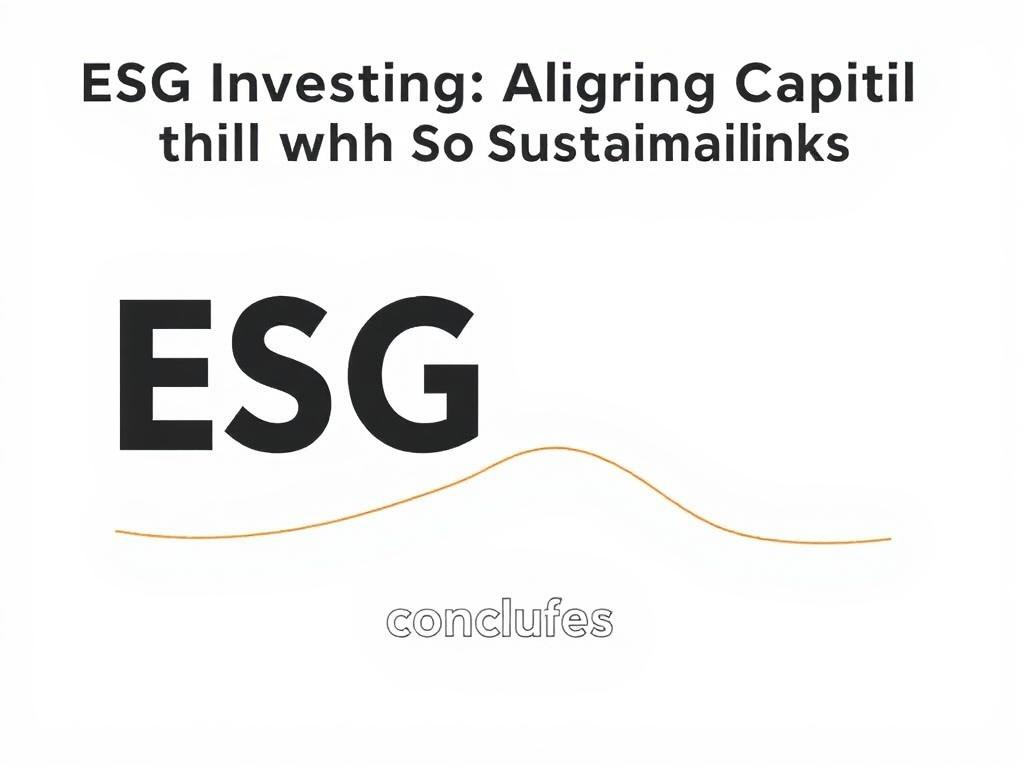
In the journey of investing, ESG offers a meaningful way to put your money where your values are. It empowers investors to look beyond profits and consider the broader effects of their choices on the environment, society, and governance. With growing awareness, better data, and increasing influence, ESG investing continues to reshape markets and encourage corporate responsibility. Whether you are a new or experienced investor, integrating ESG principles into your portfolio can help ensure that your capital contributes to positive change while pursuing financial success. Embracing ESG investing isn’t just about doing good—it’s about doing well in a world that demands sustainability.

